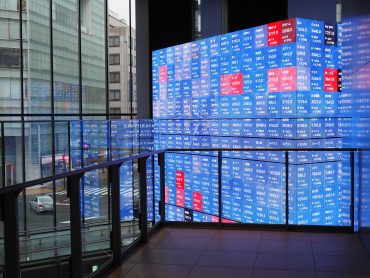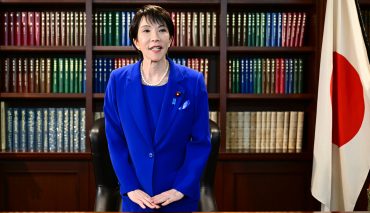
- Export Policy
- Global Markets
- Nikkei 225
Japan Stocks Advance on US Tariff Relief, Tech and Auto Gains
5 minute read

Japanese stock market soars as US trade negotiators set lower-than-expected tariffs on exports, boosting tech and automotive sectors
Key Takeaways
- Japanese stocks hit record highs with the Nikkei 225 surging 2.2% and TOPIX rising 1.7% to surpass 3,000 for the first time following US tariff relief announcement
- 15% effective tariff rate confirmed for Japanese goods by US trade negotiators, alleviating exporters’ concerns and boosting investor confidence across major corporations
- Tech giants lead rally as SoftBank shares jump 11% on return to profitability and Sony climbs 6% on strong earnings, while other Asian markets decline under tariff pressures
Introduction
Japanese equities surge to unprecedented levels as Washington delivers crucial clarity on trade policy, establishing a 15% effective tariff rate on Japanese goods following intensive bilateral negotiations. This development provides immediate relief to Japanese exporters who had braced for potentially severe trade restrictions.
The announcement propels Japan’s benchmark indices to historic milestones while neighboring Asian markets struggle under mounting tariff pressures. Japanese trade negotiator Ryosei Akazawa confirms the tariff ceiling, creating a stark contrast with other regional economies facing duties between 10% and 50%.
Key Developments
The breakthrough emerges after weeks of uncertainty surrounding US trade policy toward Japan. Trade negotiator Ryosei Akazawa’s confirmation of the 15% effective rate eliminates fears of additional levies that could have significantly impacted Japanese exporters’ competitiveness.
Moody’s Investors Service notes that Japanese corporations had extensively prepared for severe tariff implications, making the relatively moderate rate a positive surprise. According to The New York Times, the alignment in US-Japan trade policy creates conditions for smoother bilateral commerce and improved economic cooperation.
Major Japanese corporations respond immediately to the news. Sony revises its annual outlook upward, moving past initial tariff concerns, while SoftBank reports substantial profits driven by artificial intelligence investments through its Vision Fund.
Market Impact
The Nikkei 225 advances 2.2% while the broader TOPIX index climbs 1.7% to breach the psychologically significant 3,000 level for the first time. The JP225 index now shows gains of 19.81% year-on-year and 5.38% over the past month, reflecting sustained investor optimism.
Individual stock movements underscore the rally’s breadth. SoftBank shares spike as much as 11% following its return to profitability, while Sony advances 6% after posting robust earnings. Even Toyota Motor gains 3.8% despite disappointing quarterly results and reduced guidance, highlighting the tariff relief’s broad appeal.
Regional markets present a contrasting picture. According to market data, South Korea’s KOSPI declines 0.3% under a 15% tariff burden, while Australia’s ASX 200 drops 0.1% facing a 10% baseline rate.
Strategic Insights
The tariff arrangement positions Japan as a preferred trade partner among Asian economies, potentially redirecting supply chains and investment flows. Japanese exporters gain competitive advantages over regional competitors facing higher duty rates.
Technology sector leadership drives the broader market gains. Sony’s strength stems from its high-margin gaming division, imaging sensors, and entertainment content businesses. SoftBank’s recovery reflects strategic realignment toward AI investments and improved cost management across its global tech portfolio.
The divergence between Japanese and regional market performance signals a new phase in Asian economic dynamics. Countries like India face escalating tariffs reaching 50% within weeks, while China’s markets remain static under ongoing trade tensions.
Expert Opinions and Data
Market analysts attribute Japan’s outperformance to both local earnings momentum and favorable policy developments. The combination creates what strategists describe as a “confidence multiplier effect” for Japanese equities.
Weaker-than-expected household spending data in Japan suggests cooling inflation pressures, potentially reducing the Bank of Japan’s inclination toward interest rate increases. This monetary policy backdrop supports continued equity market strength.
Investment professionals express cautious optimism about sustainability. While celebrating the tariff clarity, analysts monitor potential US policy shifts and regional economic spillovers that could affect Japan’s export-dependent economy.
Conclusion
Japan’s stock market breakthrough reflects the immediate impact of trade policy clarity on investor sentiment and corporate planning. The 15% tariff ceiling provides Japanese companies with predictable cost structures while competitors face escalating duties.
The technology sector’s leadership in this rally demonstrates Japan’s strategic positioning in high-growth areas including artificial intelligence, gaming, and semiconductor manufacturing. Current market dynamics favor Japanese equities as regional alternatives face mounting trade-related headwinds.








